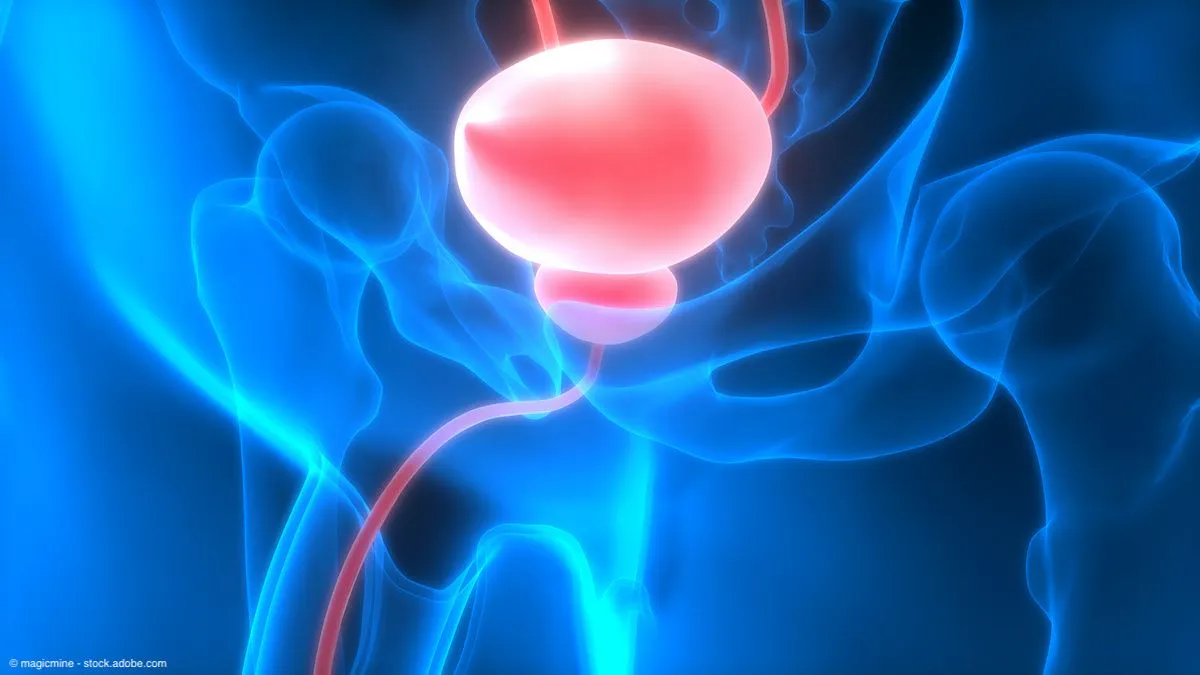Prostate Artery Embolization (PAE)
Prostate Artery Embolization (PAE)
What is Prostate Artery Embolization (PAE)?
Prostatic Artery Embolization (PAE) is a minimally invasive procedure designed to treat Benign Prostatic Hyperplasia (BPH), a common condition in older men where the prostate gland enlarges, causing urinary difficulties. PAE offers an alternative to traditional surgical methods by reducing the blood supply to the prostate, thereby shrinking it and relieving symptoms. The procedure is performed by an interventional radiologist who uses advanced imaging techniques to guide the catheter through the arteries to the prostate. Tiny particles are then injected to block the blood flow selectively, leading to a reduction in the size of the prostate.
The largest PAE study to date of 1075 patients – published by Dr. Bhatia confirming the safety and long term efficacy of PAE.

Minimally Invasive Procedure
PAE is performed through a small puncture in the skin, typically in the groin, without the need for incisions or general anesthesia, reducing the risk of complications like infections and excessive bleeding.
Faster recovery
The procedure leads to quicker recovery, with most patients noticing significant symptom improvements within days to weeks after PAE.
Ideal for Non-Surgical Candidates
PAE is a suitable option for patients who are not candidates for surgery due to other health conditions.
Preservation of Sexual Function
Dr. Bhatia’s studies have shown that PAE has no negative effects on erectile function, ejaculation, or incontinence
High Patient Satisfaction
PAE provides high efficacy with minimal side effects, leading to a brief recovery period, with most patients returning to normal activities within a few days.
Common Post-Procedure Symptoms
Patients may experience mild pelvic pain or discomfort after the procedure, but these symptoms typically resolve quickly.
Low Risk of Sexual Side Effects
Compared to surgical alternatives, PAE has a significantly lower risk of causing sexual dysfunction, including erectile issues or incontinence.
Improves Quality of Life
PAE has shown to significantly improve quality of life as the bothersome symptoms of BPH melt away in the weeks after the procedure.
Same-Day Discharge
Due to the minimally invasive nature of the procedure, most patients can go home on the same day as the procedure.
Minimal Pain
Most patients experience far lower pain levels after the procedure compared to traditional surgery; reducing the need of opioids and other sedating pain medications.
Your Choice?
Is PAE the Right Option for You?
Effective for BPH
PAE is particularly effective for men with Benign Prostatic Hyperplasia (BPH), especially those who have not had success with traditional BPH medications or who wish to avoid surgery.
Urinary Symptoms Relief
If you experience symptoms such as frequent urination, difficulty starting and stopping urination, or a weak urine stream, PAE may be suitable.
Dr. Bhatia's Approach
Dr. Bhatia emphasizes the importance of a thorough urological workup for patients with healthy bladders, moderate to severe Lower Urinary Tract Symptoms, and prostate sizes over 50 grams.
Ideal for Patients with Other Health Conditions
PAE’s minimally invasive nature and local anesthesia make it a good option for patients with other health conditions, such as cardiovascular disease, that increase the risk of complications from general anesthesia and major surgery.
Minimized Sexual Side Effects
For those who want to avoid the sexual side effects often associated with traditional surgeries, PAE offers a lower-risk alternative.
Data on PAE
Why Consultation is Important?
Consultation with a specialized interventional radiologist is essential to evaluate your suitability for PAE. During the consultation, the radiologist will review your medical history, conduct necessary imaging studies, and discuss the potential benefits and risks of the procedure. They will also consider the size and anatomy of your prostate and any other individual factors that might affect the outcome. Ultimately, the decision to undergo PAE should be made collaboratively between you and your healthcare provider, ensuring that it aligns with your health goals and lifestyle preferences. If you seek a minimally invasive, effective solution for BPH, PAE could be the right choice.
Dr. Bhatia's Career
Dr. Bhatia’s Contribution to PAE
Dr. Bhatia has published multiple studies that have been instrumental in cementing PAE’s role in treating BPH.
Bhatia has published the world’s largest cohort of 1075 patients –undergoing PAE in the prestigious IR journal JVIR: https://doi.org/10.1016/j.jvir.2024.11.002
Dr. Bhatia led a clinical trial which showed that PAE has similar efficacy to HoLEP - the surgical gold standard for BPH treatment.
Dr. Bhatia has been instrumental in showing that PAE is relevant for all prostate sizes: https://www.jvir.org/article/S1051-0443(18)31210-7/abstract
Dr. Bhatia has shown that Radial access (vascular entry through the wrist) is equally safe and effective as femoral access (vascular entry through the groin), enabling faster recovery: https://doi.org/10.1016/j.jvir.2023.09.036
Dr. Bhatia has shown that PAE has no negative effect on sexual function: https://doi.org/10.1016/j.jsxm.2022.01.006
Dr. Bhatia has shown that PAE is as effective as HoLEP in improving BPH symptoms: https://doi.org/10.1002/bco2.302
Dr. Bhatia has investigated the use of PAE in hematuria: https://doi.org/10.1016/j.tvir.2020.100694
Dr. Bhatia has published a large body of research on PAE. They can be found here https://pubmed.ncbi.nlm.nih.gov/?term=Shivank+bhatia&sort=date
Want more information on PAE?
Set up an appointment for Dr. Bhatia to discuss PAE